14 Birds That Eat Mosquitoes & Bad Garden Bugs (With Pictures)
Last Updated on
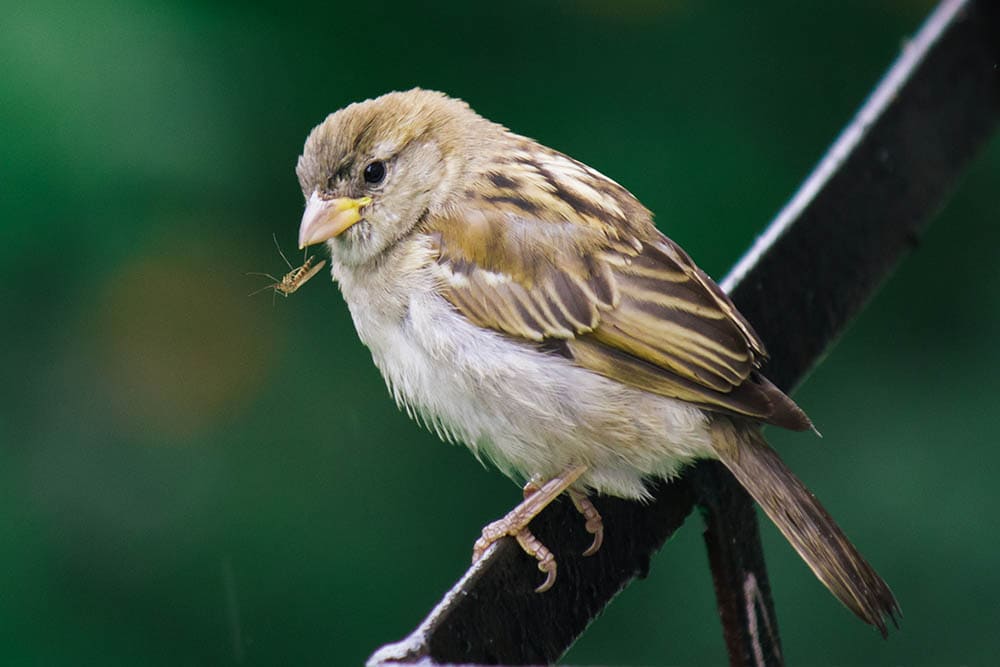
Nobody likes to deal with mosquitoes and bugs in their yards and gardens. With such creatures lurking about, it can be tough to grow the fruits, veggies, and flowers that you love so much. Luckily, there are many birds that you can attract to your yard to get rid of mosquitoes and bad garden bugs so your garden can flourish.

The 14 Birds That Eat Mosquitoes and Bad Garden Bugs
1. Barn Swallows

These birds can be found living everywhere in the world (except for Antarctica). The barn swallow is extremely common, so they must compete for food. Therefore, they eat many different things, most notably, mosquitoes, beetles, grasshoppers, and even moths. Barn swallows are small, beautiful birds that can help keep your yard free of pests while creating a pleasant environment.
2. Hummingbirds

There is an average of 360 species of hummingbirds in existence, and you have probably seen a variety of them without even realizing it. Most never grow bigger than about 5 inches long, which makes them elusive when it comes to spotting them. These birds have high metabolic rates, so they must eat a large amount of food when they are awake and active. Their food preferences include mosquitoes, tree bugs, gnats, mites, ants, and spiders. When they are not active and eating, they go into somewhat of a hibernation process to slow their metabolic rates.
3. Orioles
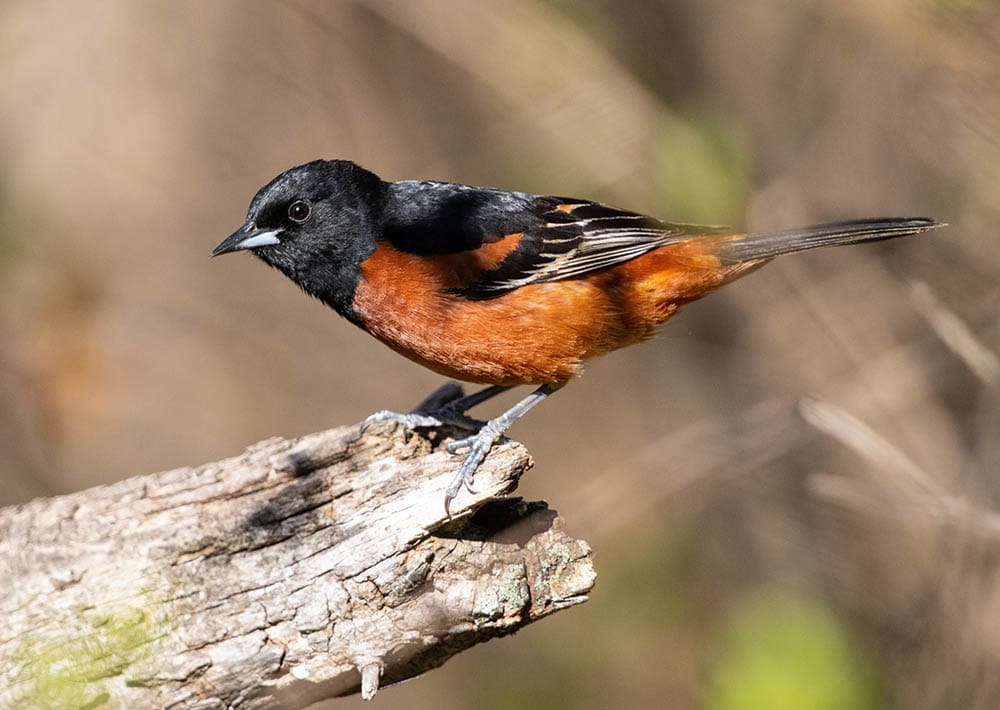
Orioles tend to enjoy eating mosquitoes when they can get a hold of them. You may also see orioles snacking on other pests in your gardens, such as caterpillars, cutworms, and beetles. Several types of orioles can be found living in North America, all of which have eye-catching colors and dainty personalities. They can easily be attracted to your yard with citrus fruits. Just place a couple of halved oranges in a bird feeder or on the ground, and if orioles in the area are around, they should come to quench their thirst.
4. Red-Eyed Vireos

What’s interesting about this bird breed is that it doesn’t look like it has any red markings or red eyes, despite its name. It does actually have red eyes, but to the naked eye, its eyes look black. These chunky birds have olive green and white feathers and a gray crown. They are typically active and noisy during the day. These birds enjoy eating mosquitoes, beetles, wasps, ants, dragonflies, and grasshoppers.
5. Sparrows
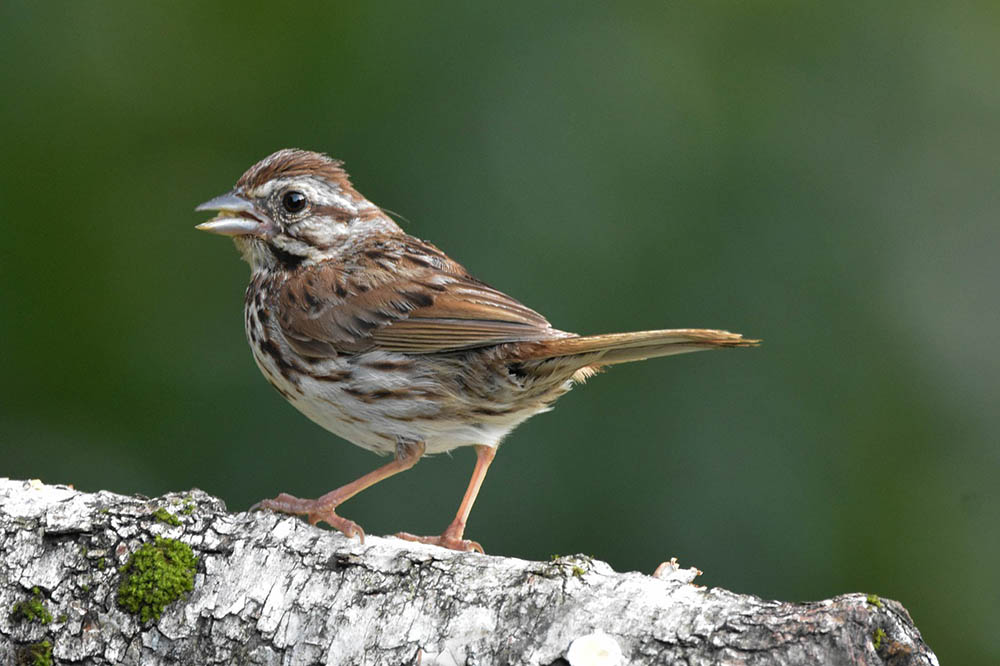
Beetles, caterpillars, mosquitoes, and worms as just a few of the things that sparrows can be caught munching on. These are small birds that primarily eat seeds, but insect pests make up a decent portion of their diet. Sparrows are quiet, stealthy, and beautiful birds that deserve to be left alone if they are seen in the yard. They will thank you for the privacy by quietly searching for pests to irradicate from your yard.
6. Starlings

What’s great about starlings is that they are able and willing to eat fleas, which can come in handy if you have dogs and cats living in your household that spend time outdoors. In addition to eating fleas, these birds will munch on mosquitoes, ants, and other pests around the garden. Starlings are cute little birds, although not as colorful as some other breeds. Their bright beaks tend to be the thing that stands out most about them.
7. Nighthawks
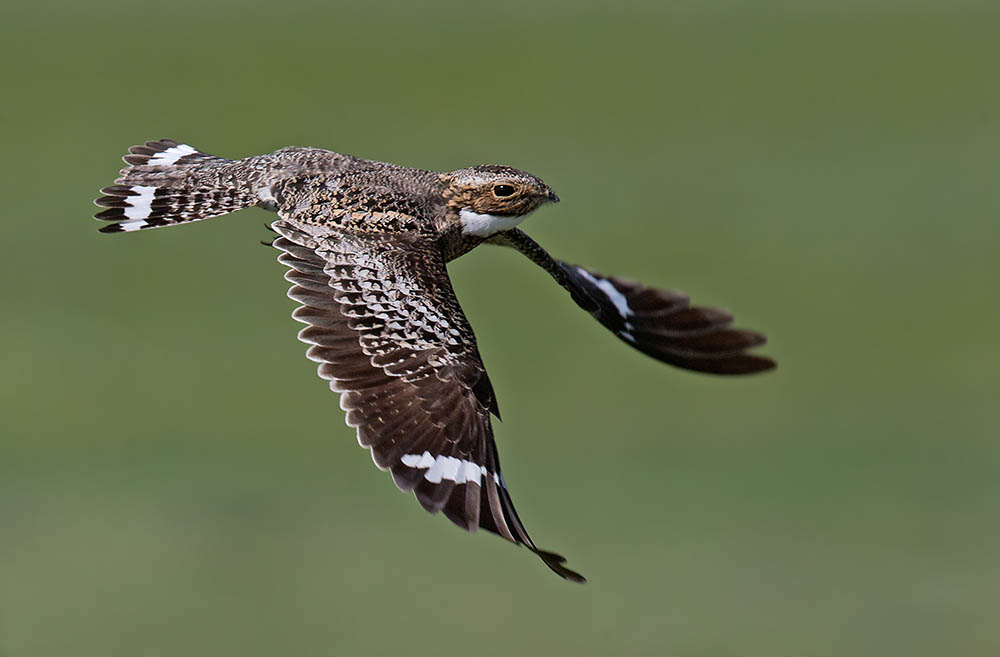
These gorgeous birds have been known to roam the skies and balance on treetops during the warm afternoons throughout the year. They are also known to live in cities and spend their time hunting for food in farmlands and grasslands. The average nighthawk eats many different things and is less discerning than the average bird. In addition to gobbling up mosquitoes, nighthawks will also chow down on wasps, ants, grasshoppers, crickets, flies, and even weeds.
8. Woodpeckers
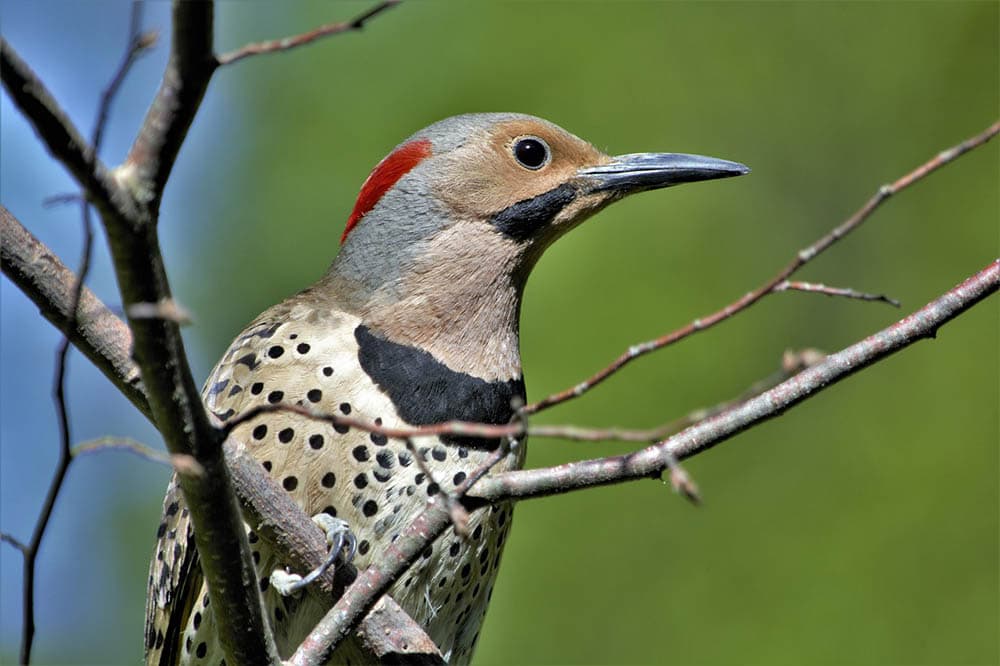
Woodpeckers are known to eat many pests in the yard, including beetles, larvae, borers, weevils, and those pesky mosquitoes. As part of the Picidae family, woodpeckers live all over the world, including on island locations such as Australia and New Zealand. These birds are known for making pecking noises on roofs and in trees, which can become bothersome to some people. However, if you have many mosquitoes and bugs lurking in your yard, the trade-off could be well worth it.
9. Purple Martins

This interesting bird is a large breed of swallow that mostly lives in North America during the summer months. When winter comes around, it tends to migrate to South America. These birds are dark in color, but when the sun hits them just right, the feathers display a tint of purple. Purple martins tend to enjoy perching on the tops of roofs and trees, where they will happily spend the day chirping and looking for sources of food. These birds eat mosquitoes, bees, ants, and caterpillars.
10. Waterfowl

As waterfowl are strong swimmers, you might think that they would focus their time and attention on fish when it comes to eating. However, these nifty birds are opportunistic and will happily munch down on any mosquitoes that they see lurking around bodies of water. If you have a pond on your property, attracting waterfowl to the pond or buying a few and relocating them there should help keep mosquito populations under control.
11. Eastern Phoebes
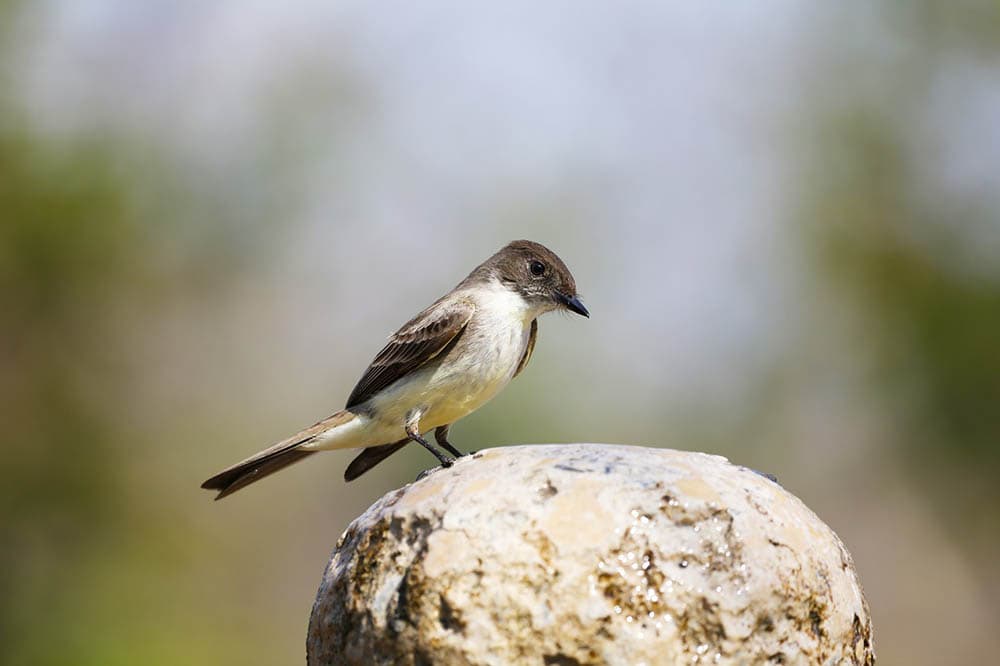
The Eastern Phoebe is known for playing melodic, raspy songs during the spring and summer months of the year. They spend most of their time where humans live, so they are used to interacting with people. They are not shy about making nests in people’s yards, where they will hunt for mosquitoes and other garden pests from. Their constant singing might get on your nerves sometimes, but at least you’ll know that birds are in your yard working to control pests.
Related Read: Can Birds Eat Grapes? What You Need to Know!
12. Blackpoll Warbler

With colorful underbellies and stout little bodies, blackpoll warblers are insect eaters that like to forage on the ground and in trees. They feast on many different types of pests in addition to mosquitoes, such as damselflies, treehoppers, moths, and spiders. These birds prefer to live in bushy places and along the edges of forests. They seem to like spending time in sycamore, pine, and cypress trees. They also particularly enjoy blackberry and mulberry bushes.
13. Cardinals
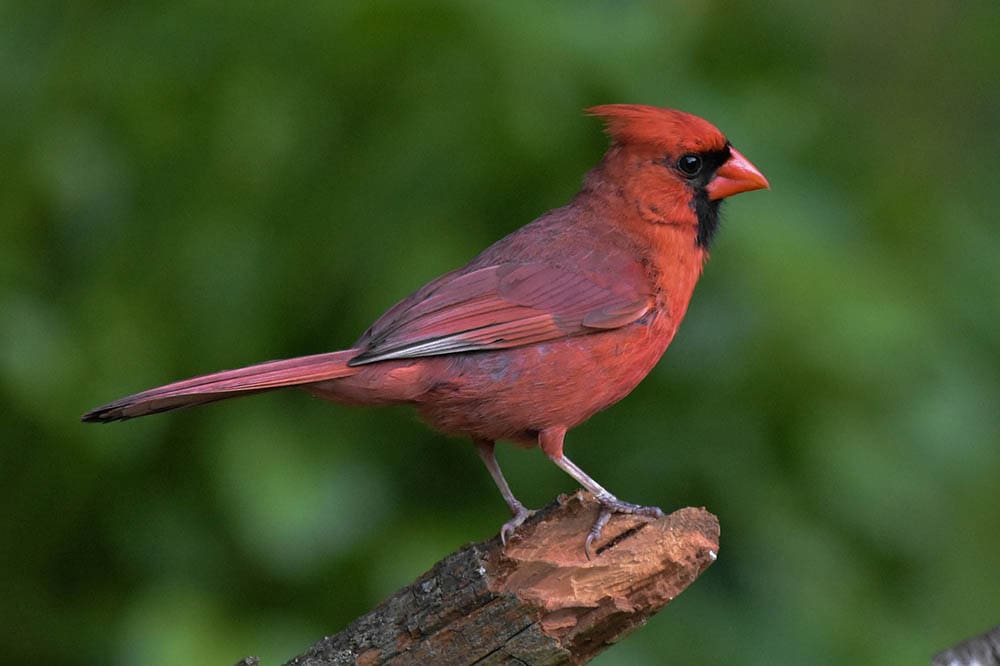
As ground feeders, cardinals like to look for bugs and insects that crawl around in the grass and on garden plants. However, they will snap up a mosquito anytime they have an opportunity to. They also enjoy eating a variety of different seeds and fruits that grow wildly and in gardens. These birds are not attracted to birdhouses, so there is no need to hang up any for them. They can sustain themselves on whatever can be found in your yard.
14. Titmice
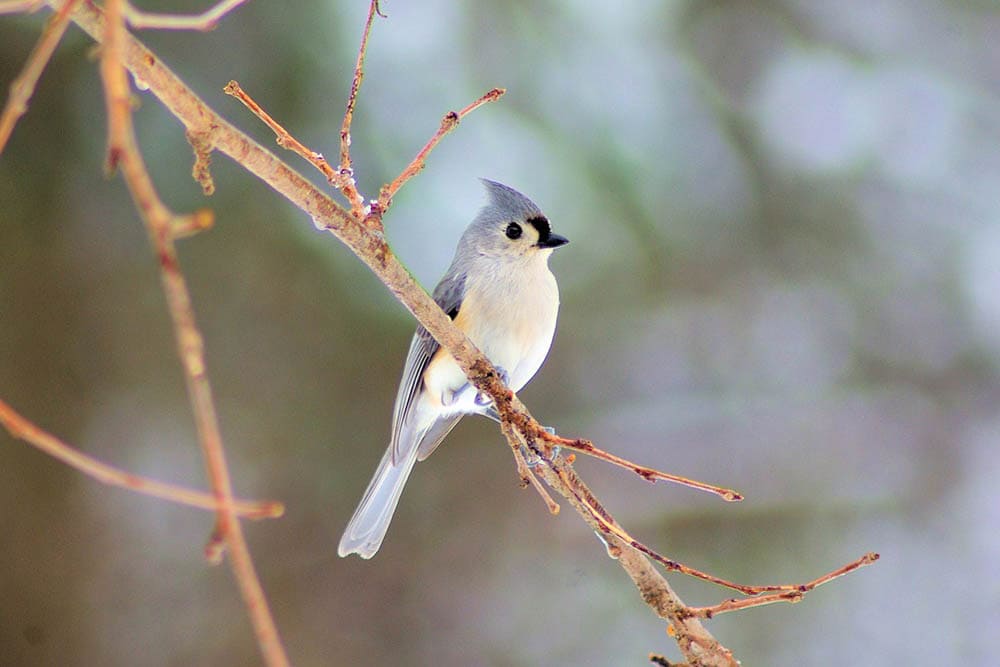
Titmice are extremely attracted to bird feeders, so hanging a few up in your yard should optimize the chance that these birds will hang out long enough to keep mosquitoes at bay. These birds aren’t too picky about what they eat, so it’s important to note that they might munch on things like grapes, apples, bell peppers, and chard that you might be growing on your property. If you don’t want your gardens nibbled at, you’ll have to cover them with netting or find a way to keep titmice from spending time on your property.

Conclusion
Birds can help you keep your mosquito and bad garden bug problem under control, but it is a good idea to work with a professional gardener with extensive invasive species knowledge to ensure that your flower and food gardens remain safe and healthy. If you don’t do so, you may end up with a bunch of inedible foodstuffs and lousy-looking flowers at the end of the day.
Featured Image Credit: Paramonov Alexander, Shutterstock
About the Author Rachael Gerkensmeyer
Since 2000, Rachael has been a freelance writer, and has had an opportunity to research and write about many different topics while working to master the art of fusing high-quality content with effective content marketing strategies. She is an artist at heart and loves to read, paint, and make jewelry in her spare time. Rachael is obsessed with helping animals in need both in her community and anywhere in the world where she feels she can make a difference. She lives off the grid in Hawaii with her husband, her garden, and her rescue animals including 5 dogs, a cat, a goat, and dozens of chickens, so it's no surprise that animals happen to be her favorite topic to write about!
Related Articles:
Monocular vs Telescope: Differences Explained (With Pictures)
10 Types of Hummingbirds in Arkansas (With Pictures)
8 Types of Hummingbirds in Nebraska (With Pictures)
5 Types of Hummingbirds in Idaho (With Pictures)
3 Types of Hummingbirds in Mississippi (With Pictures)
8 Types of Hummingbirds in Kansas (With Pictures)
5 Types of Hummingbirds in West Virginia (With Pictures)
5 Types of Hummingbirds in Ohio (With Pictures)
